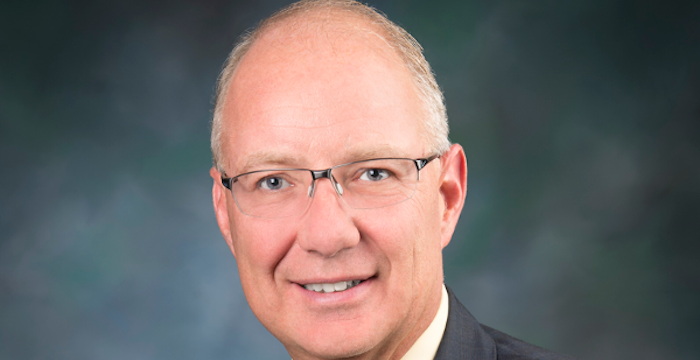Kirk Steudle, national transportation advisor with Steudle Executive Group, and former director of Michigan DOT, gives his insight into ways infrastructure owner operators (IOOs) can benefit from the new USDOT’s focus on streamlining processes and fostering public-private partnerships
As I am writing this column, I just completed some travel across the US. Unfortunately, the New Year saw some extreme weather-related events that severely impacted large numbers of people. The record-breaking ice and snowstorms that blanketed the Midwest and Southeast and the wildfires in California highlighted how vulnerable mobility on our highways can be. I watched in distress how people and vital resources were unable to travel and, in some cases, escape these life-threatening events. But I am hopeful that important lessons were learned and that we are able to mitigate the perilous conditions that motorists faced in the future. I am also encouraged that the incoming US Department of Transportation (USDOT) will get back to the basics in its mission for the safe and efficient movement of people and goods.
“This year, I look forward to examining and discussing the processes to accelerate the adoption of advanced technologies that will increase highway safety and efficiencies”
I’m energized by the prospect of the new USDOT administration’s focus on streamlining processes and fostering public-private partnerships for quicker ITS infrastructure technology deployment. This instills a sense of optimism for accurately tracking and identifying technologies that can make the necessary improvements in roadway efficiencies, safety, and resilience.
This year, I look forward to examining and discussing the processes to accelerate the adoption of advanced technologies that will increase highway safety and efficiencies. I’ve advocated here for leveraging technology to make the largest measurable and most cost-effective gains for solving transportation and mobility problems – not just deploying technology for technology’s sake. As Infrastructure Owners and Operators (IOOs), we must collectively examine the transportation challenges and identify solutions that effect our individual jurisdiction but also neighboring communities and states. It requires a broader perspective and partnerships on strategies that emphasize applying data-driven shareable and proactive solutions quicker than before.
Technology, as well as emerging transportation challenges, advances and changes far too quickly for IOOs to continue with the status quo. Doing things the same only puts mobility behind the curve. Playing catch up creates a widening operational and functional technology gap that will be difficult to close, if ever. It’s more critical than ever for IOOs to adjust their planning to follow closer to technology’s innovation trajectory to adequately address the dynamic nature of transportation. This is what I plan to delve into deeper in the upcoming issues, including pursuing collaboration and partnerships across sectors; identifying and leveraging new technologies such as AI; and revamping outdated procurement processes because the future of the safe and efficient movement of people and goods demands we embrace technological innovation. Until next time, travel safe.
This article was first published in the March 2025 edition of TTi magazine





